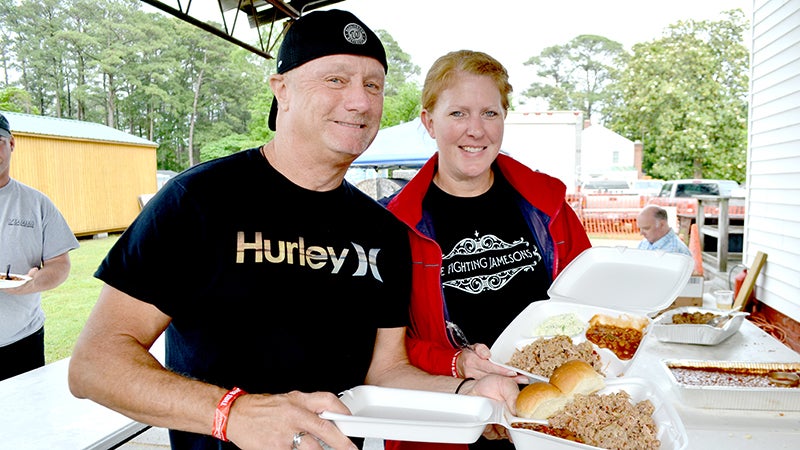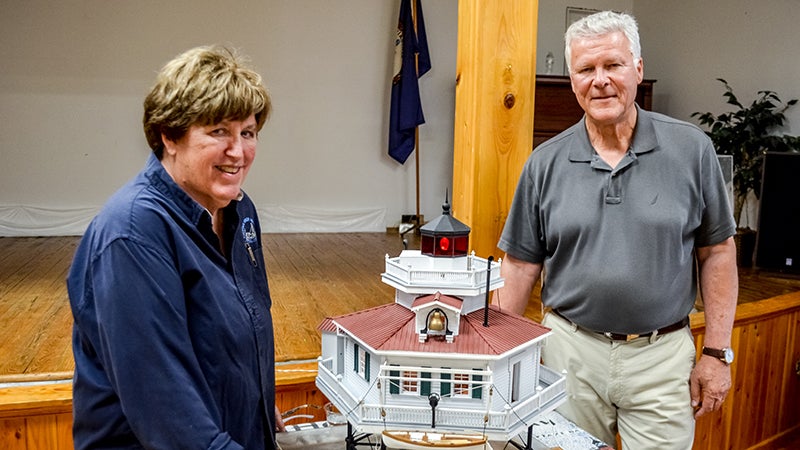Hurdles for Hobson project
Published 8:35 pm Friday, August 3, 2012
The dozen or so young men and women were meant to finally connect houses in the village of Hobson to new community wells.
Team Delta 9 from AmeriCorps arrived for the four-week Upper Hobson Village Water Project on June 20, sleeves rolled up and ready to work.
Their task, as described in an AmeriCorps report, was to connect 30 residences to three new wells, including upgrading existing water lines and installing a filtration system in each home.
But after the supervising contractor fell ill early on in the project, the national community service organization says the team was unable to finish the vast bulk of the job.
The volunteers were to dig trenches with tools and machinery, lay pipes and take water samples under the contractor’s supervision.
But after his illness, project sponsor, Hobson Artesian Well Association officer and village resident Mary Hill, “struggled throughout the project to find a replacement and was unable to find a contractor to lead the team,” according to the report.
According to the report, the team did manage to dig a 40-foot-long trench exposing the pipes — which had to be filled in “due to project difficulties” — and expose seven turn-off valves for the future connection of pipes.
A pump house was painted and debris removed at two pump houses; 150 bags of leaves at a cemetery and a 30-foot flowerbed were raked; and two trails were cleared for the future laying down of pipes.
One trail beside a pump house measured 12 feet wide by 50 feet long. The second trail, five feet wide and 250 feet long, was behind four homes and included work on Hill’s property and properties of other Hobson residents.
“Due to the technical nature of the work, the team could not do the work without a trained professional,” the report states, saying the team “met other needs in the community.
“Toward the end of the project, the team was led by some community members in clearing a trail where future pipes will be installed.”
Team leader Chandra Touch said, “We didn’t meet all of our objectives, but we did clear some trails for the pipes. The next team that comes in will be able to lay the pipes down.”
“They were expecting to have the pipes laid, expecting to attach them together, within one month, but unfortunately, with project complications, we were unable to,” she said.
Hill has been told that AmeriCorps’ Atlantic Region does not have a team to work full-time on completing the project, but teams assigned to the Great Dismal Swamp can “continue to assist periodically when (the U.S. Fish and Wildlife Service) frees them from their other duties.”
She was also invited to apply for the assistance of an AmeriCorps Southern Region team.





